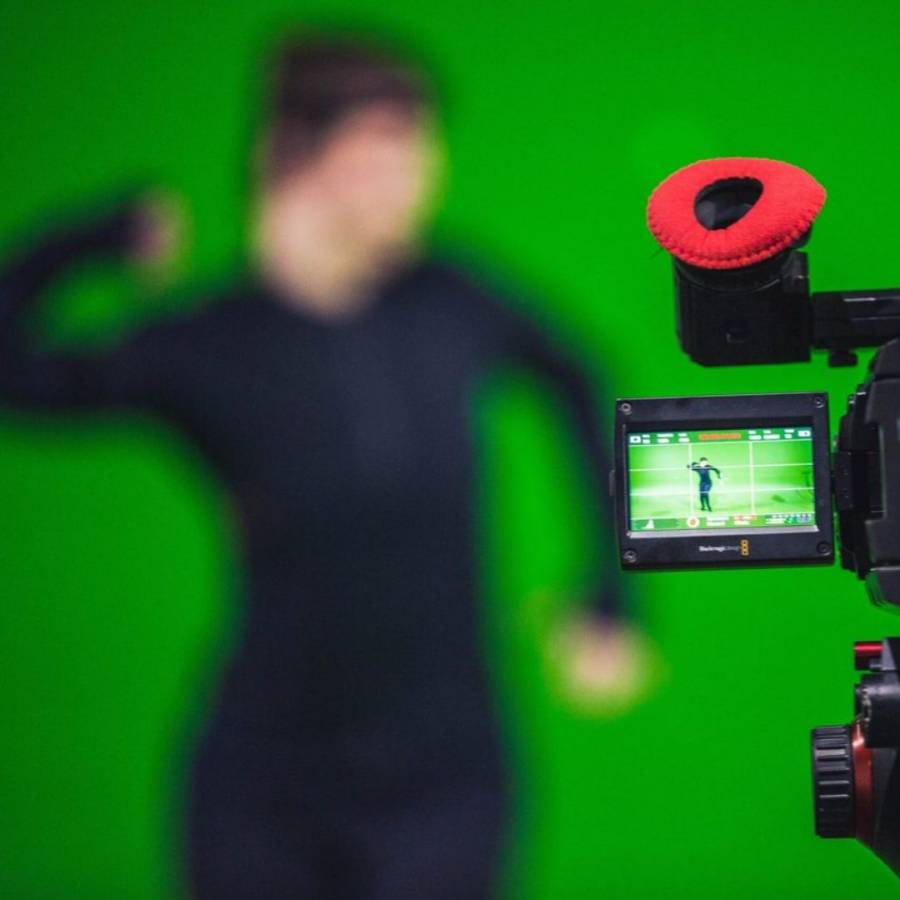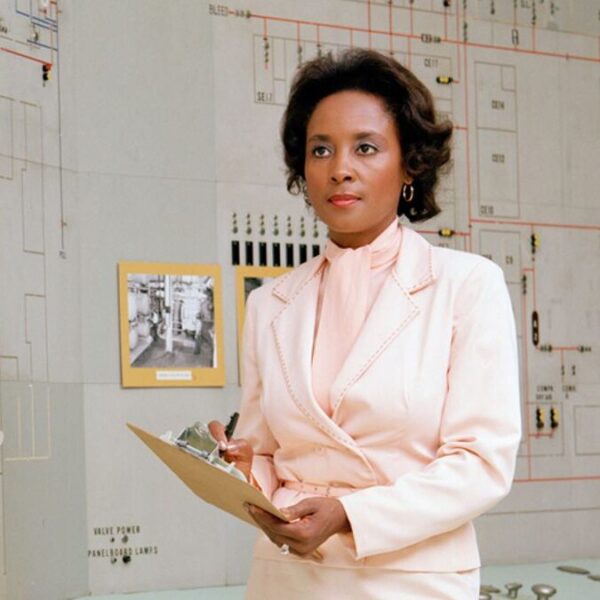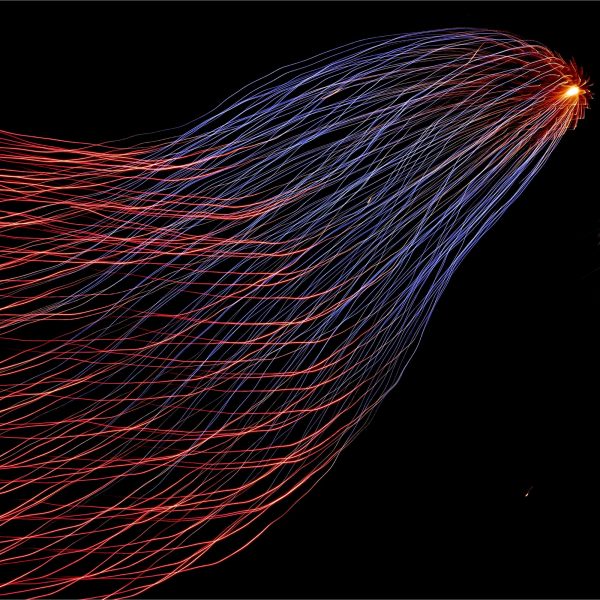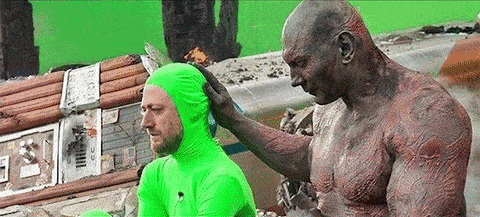
When people think of computer-generated imagery (CGI), they usually think of superhero movies. But what is CGI? CGI is the creation of visual content with computer software. It has changed the look of modern media in cinema and TV by replacing old methods of working. Most commonly, the term CGI describes the 3D computer graphics behind the animation of characters and scenes. This media is created from algorithms using fractal patterns and basic geometrical shapes. Once props are made, they are stored in a library and can be reused or built upon later.
Famous uses of CGI in Cinema
The first use of 2D CGI in a major movie was in Gunslinger’s Vision in Westworld (1973). This scene predicted how robots could see. The creators had to spend months experimenting, dividing scenes into image-by-image sections and processing every cut. This work today would take a fraction of a second, instead of days.
One use of CGI that you might have heard of is the Titanic. While a lot of the scenes were created with practical effects, most of the water scenes were filmed in an “endless pool” with a life-size portion of the Titanic. Then, it was computationally rendered afterwards to look as realistic as it did in the final cut.
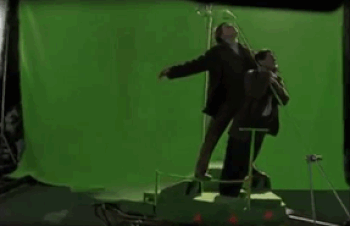
Finally, an example of CGI that we all know and love is Toy Story. Did you know that it was the first entirely computer-animated feature film? It was a tough feat and, as CGI had never been used on such a large scale for animated film production, issues that Pixar ran into included: the plastic look of the objects and the time taken and cost (of 117 computers running 24/7) to render the entire film (i.e. save each of the 114,240 frames).
The Future of CGI
It is important to remember that CGI is used across many forms of media. People have noted how life-like characters and their movements in video games are now, especially compared to their predecessors only a few years ago, and this trend of making generated images more naturalistic doesn’t seem to be slowing down. Additionally, newer technologies, such as Virtual Reality and Artificial Intelligence, have been taking the worlds of gaming, simulation, business and even healthcare by storm, and so I think that as the worlds of CGI, AR (Augmented Reality)/VR and AI gradually meet, we will see more immersive and deceptively convincing media sometime soon.
This article was written by Stemette Society member, Lydia Koleosho.
